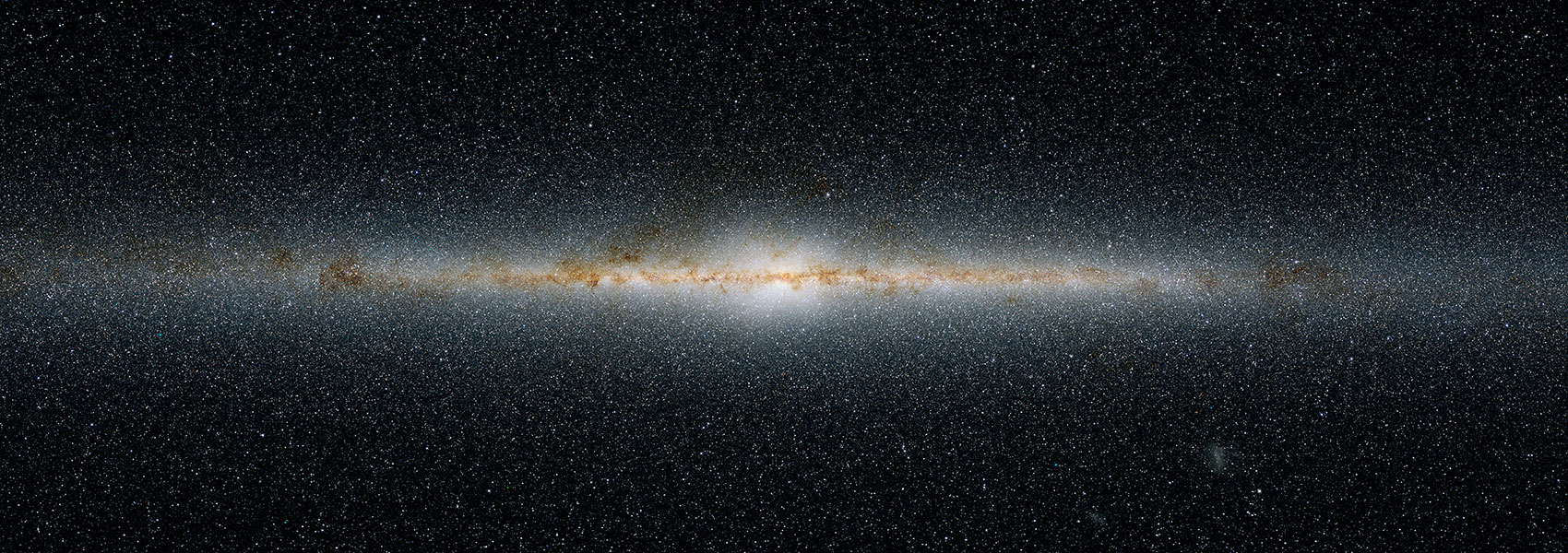April
2013
•
2013MNRAS.430.2018S
Authors
•
Szabados, L.
•
Derekas, A.
•
Kiss, L. L.
•
Kovács, J.
•
Anderson, R. I.
•
Kiss, Cs.
•
Szalai, T.
•
Székely, P.
•
Christiansen, J. L.
Abstract
•
We present the analysis of photometric and spectroscopic data of six bright Galactic Cepheids: GH Carinae, V419 Centauri, V898 Centauri, AD Puppis, AY Sagittarii and ST Velorum. Based on new radial velocity data (in some cases supplemented with earlier data available in the literature), these Cepheids have been found to be members in spectroscopic binary systems. V898 Cen turned out to have one of the largest orbital radial velocity amplitude (>40 km s-1) among the known binary Cepheids. The data are insufficient to determine the orbital periods nor other orbital elements for these new spectroscopic binaries.
These discoveries corroborate the statement on the high frequency of occurrence of binaries among the classical Cepheids, a fact to be taken into account when calibrating the period-luminosity relationship for Cepheids.
We have also compiled all available photometric data that revealed that the pulsation period of AD Pup, the longest period Cepheid in this sample, is continuously increasing with ΔP = 0.004567d century-1, likely to be caused by stellar evolution. The wave-like pattern superimposed on the parabolic O - C graph of AD Pup may well be caused by the light-time effect in the binary system. ST Vel also pulsates with a continuously increasing period. The other four Cepheids are characterized with stable pulsation periods in the last half century.
Links




